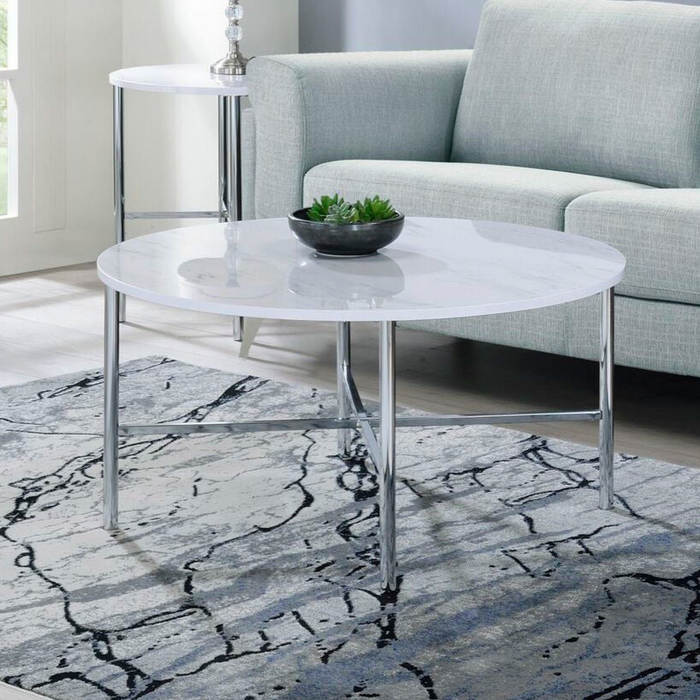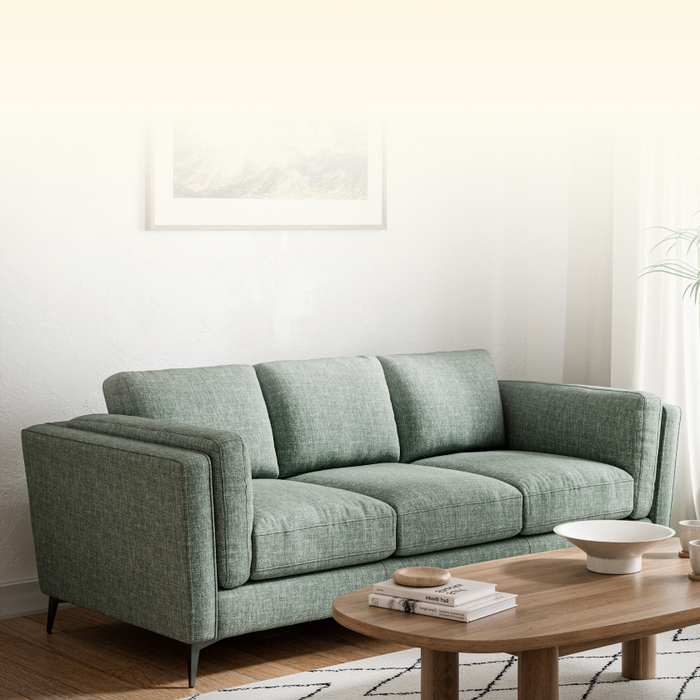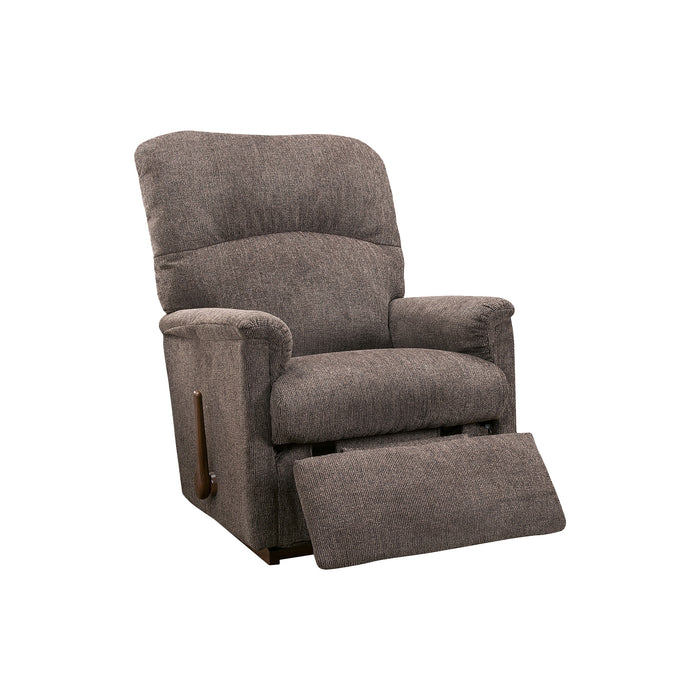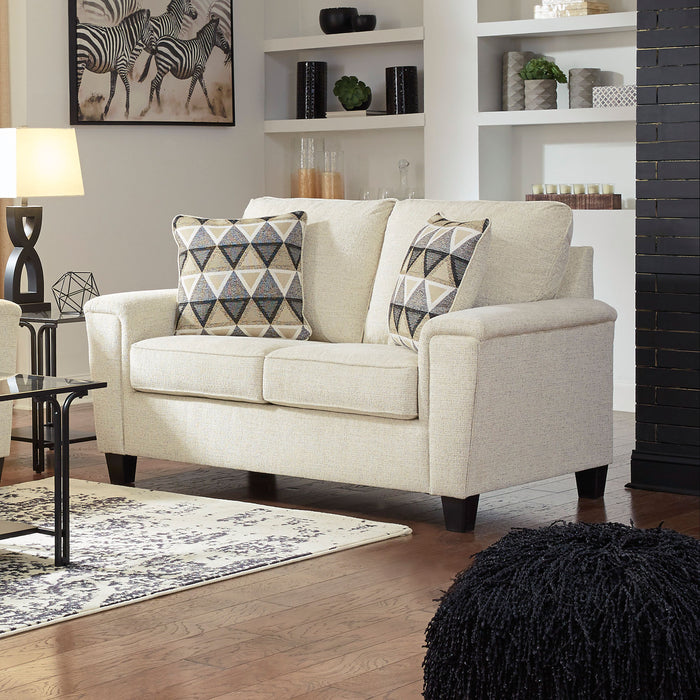
Sofa, davenport, couch—no matter what you call it, it’s generally among the best seats in the house. But a good sofa is a long-term investment and requires a little legwork. This article will give you the 411 on how to choose a sofa that stands the test of time and is the definition of comfort.
We’ll discuss:
What to Ask
When it comes to a new sofa or loveseat, the choices are astounding. There is so much to consider. Do you want a cozy, casual sectional or a sleek midcentury modern? Will it be an adults-only settee or a dog-friendly davenport? Well in our sofa buying guide, we will discuss all these topics.
Here are some things to consider before you head out to shop for your dream sofa:
- In what room will the sofa sit? Will it be a side piece or serve as the main seating?
- Who will use it? Will it be command central for kids and pets or will it be reserved for a more refined set?
- Do you want to be able to nap on it and/or accommodate overnight guests?
- How do you want to feel in the sofa—prim and proper or comfy cozy?
- How long do you expect to have your sofa?
- How much do you want to spend?
Frames
Hardwood
Kiln-dried hardwood (for example oak, maple, poplar, etc.) is the sturdiest frame material. Kiln drying removes moisture from the wood, which will help prevent warping and cracking.
Furniture-grade Plywood
Thicker than regular plywood, furniture-grade plywood makes for a more affordable, high-end sofa. It is quite strong and will last almost as long as hardwood furniture (up to 7–10 years).
Steel
Steel frames are, of course, very strong and durable. However, steel cannot be contoured into certain shapes, which limits the availability of style in steel frames.
Plywood
If you only want a sofa for the short term, you may want to consider a plywood sofa. They are not as sturdy or durable, but for infrequent use, they do the job well. They are also good for small spaces but expect a plywood sofa to last approximately 2–3 years max.
Joints
Sofa joints can be connected by a variety of means, including wooden dowels, double wooden dowels, or metal screws and brackets. Any of these create a solid, sturdy piece of furniture.
High-end sofas will also be reinforced at the joints with glue, staples, or nails. Additionally, wooden blocks at the corners ensure long-lasting wear. The blocks won’t be visible beneath the fabric, so ask a salesperson if they are included, or consult the manufacturer’s catalog.
Springs
A good-quality sofa or loveseat will be made with sinuous or serpentine springs (preassembled units of snaking wire). They should be constructed of heavy metal, as lighter metal springs can sag over time. Your sofa style can also depend on what type of material your seat cushion is made from. Springs should be positioned close together—feel them through the fabric. European construction uses webbing versus springs. These are just as durable.
Test springs by sitting—and bouncing gently—on the sofa cushions. If the sofa squeaks, it may be an indication of ill-placed springs.
Fillings
If you really want to max-out on your sofa’s comfort factor, pay attention to the cushion filling. There are many options, and what you choose can make or break your sofa’s feel and durability. Filling also contributes to maintenance level. Let’s takes a look:
Polyurethane foam
Low cost and easy to care for, polyurethane foam is a good choice for mid-priced sofas. Spend a little extra for high-resilient foam, which is more comfortable than high-density foam (which can feel hard) and longer lasting than low-density foam (which deteriorates easily over time).
Memory foam
Today some sofas offer memory foam in the cushions to give them a firmer fit and improve durability and allow you to lounge comfortably.
Coil Springs
Additional coil springs inside the cushion core add to the comfort and durability of the cushion. This is normally an upgrade with most of the brands that offer it.
Polyester fiber
Polyester fiber is budget foam. It will do the trick in the short term, but it flattens quickly. If your sofa won’t gets a lot of use, or you intend to replace it in 2 to 3 years, polyester fiber is a good, low-cost choice.
Goose down
High-end sofas are often filled with goose down. As comfortable as it sounds, it feels like floating on clouds. That said, it is very expensive and high maintenance—you’ll need to fluff the cushions constantly to maintain a good comfort level. A more affordable option is a poly/down blend.
Upholstery
Your upholstery choice should be based on how you want to use the sofa. If it will be used for more formal, decorative purposes, you can go with a high-end fabric such as silk. If the sofa will be the main resting place for everyone in the family, including kids and pets, you’ll need something more durable such as leather or polyester.
Shop prepared: Read up on upholstery with our leather and fabric material guides.






